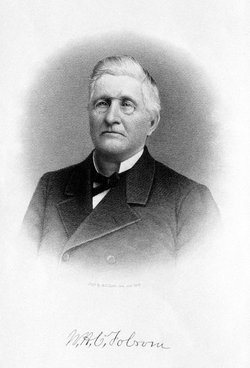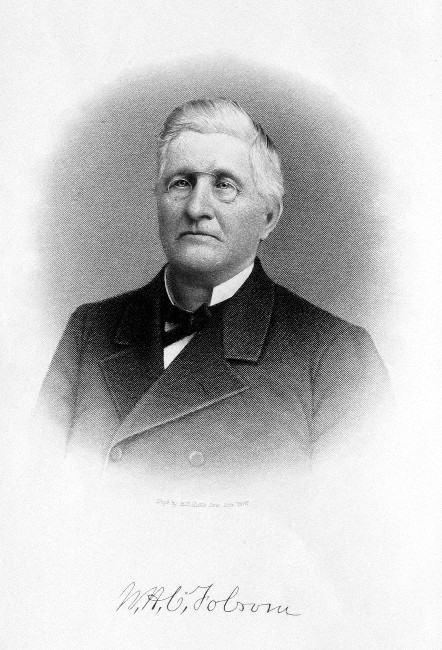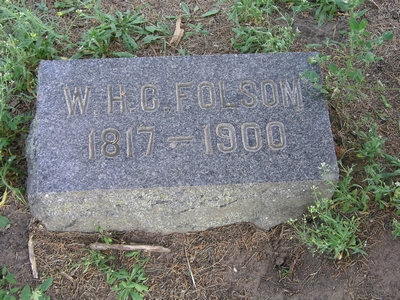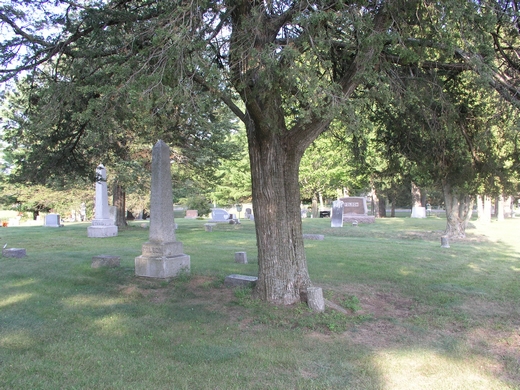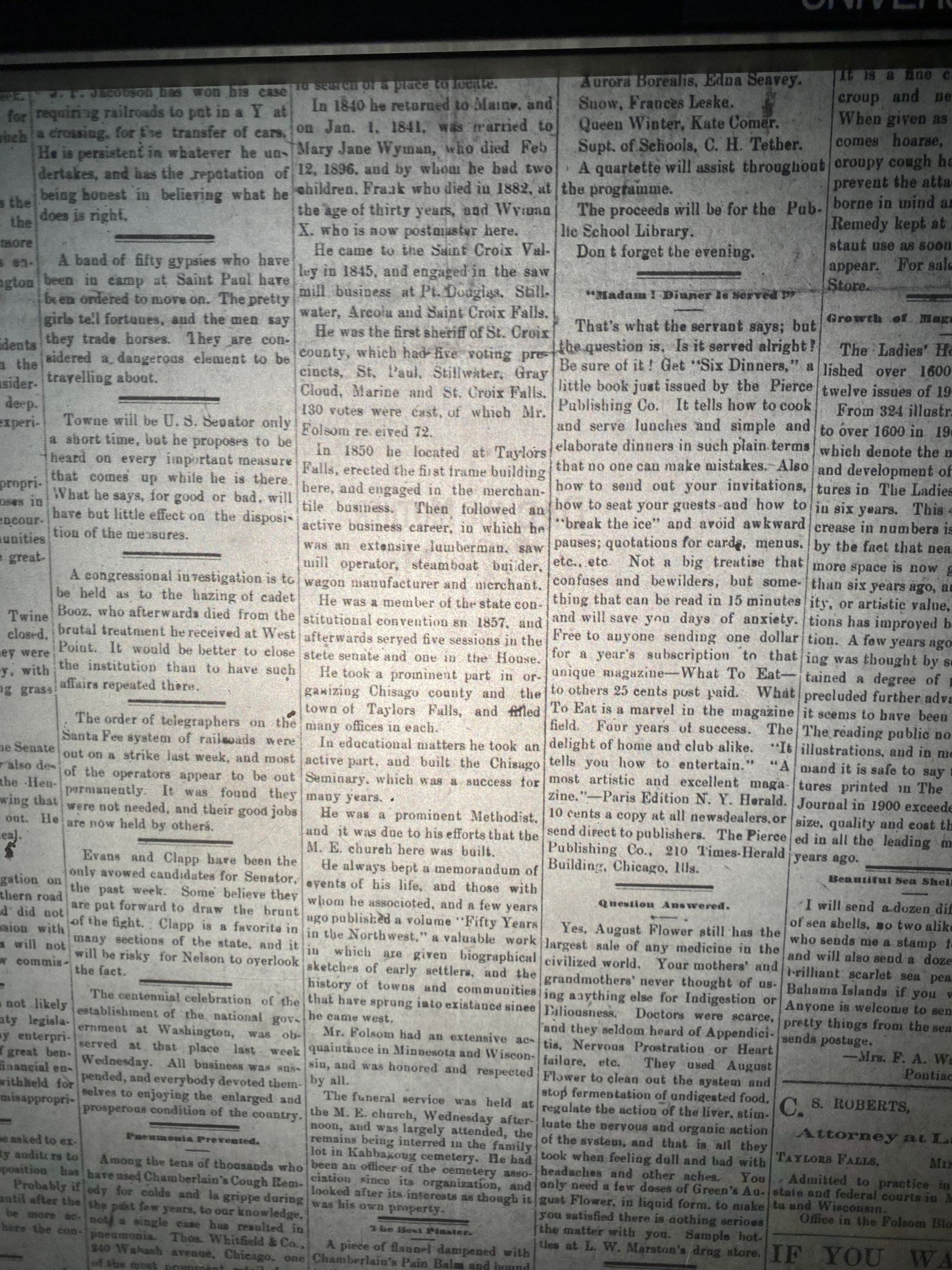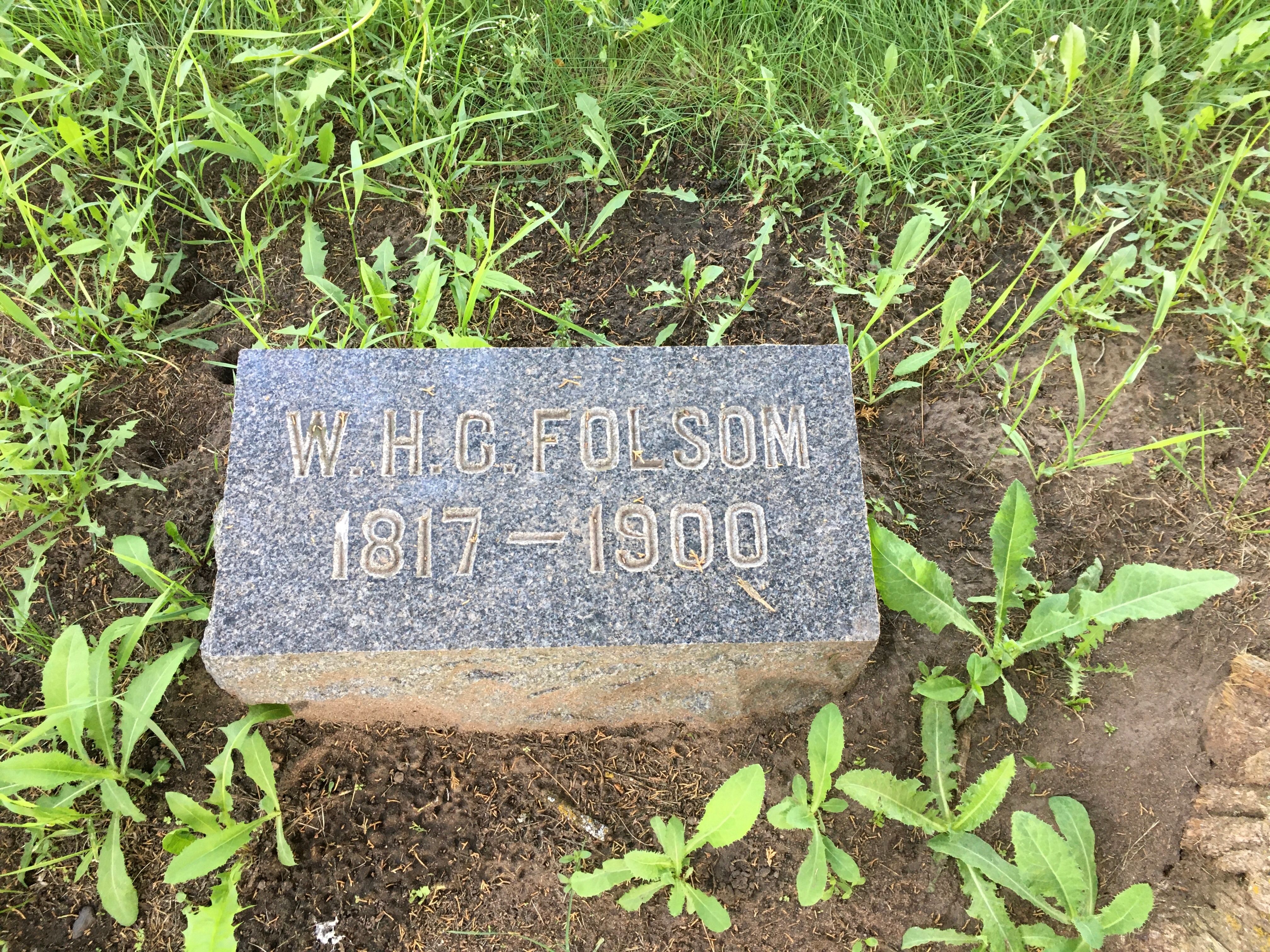A descendant of John Foulsham, who came to Hingham, Massachusetts from England in 1638, Folsom was born at St. Johns, New Brunswick, June 22, 1817. His family had its residence at five different locations in Maine, Vermont, and Canada, by the time his formal education ended at the age of ten years. He was then put to work cooking in a lumber camp at a wage of five dollars a month and as a farm hand for twenty-five cents a day. Later he worked as a logger and log driver in the state of Maine until 1836, when he traveled to the Territory of Wisconsin.
After a survey of the Territory as far south as Burlington, Folsom returned to Prairie du Chien, where he became engaged in farming and a mercantile business. An indenture dated December 20, 1836, shows Folsom purchased two lots in the County of Dubuque from Elijah M. Bissel. Deeds show that he also purchased land from James H. Lockwood on March 28, 1838, and from Hercules Dousman on December 29, 1842. Contracts between Folsom and the United States Army show that he furnished cordwood and hay to the Fort Crawford garrison at Prairie du Chien.
He was married during a visit to his home in Maine in 1841 to Mary Jane Wyman (1818-1896). On his return to Wisconsin, he carried on his mercantile business. Through a license issued to him on September 28, 1842, he was authorized to trade with Indians in any articles not prohibited by the laws of the United States.
He continued his mercantile enterprise after moving to Stillwater in Crawford County of Wisconsin Territory in 1844, and later in Taylors Falls, where he became very successful in lumbering, steamboating, and land speculation. Although Folsom had large land holdings on both sides of the St. Croix River, he continued his residence on the west side. When Wisconsin attained statehood, therefore, Folsom found himself a citizen of the Territory of Minnesota. He exerted much influence in Minnesota politics and attended the constitutional convention of 1857 as a delegate.
In his book Fifty Years in the North West, Folsom described the convention as really two conventions, one Republican and the other Democratic, with the two compromising finally on a constitution. He served as a senator in the first Minnesota state legislature, 1857-1858, and also in the 1867-69 and the 1875-77 legislatures.
His history, Fifty Years in the North West, published in 1888, records the settlement and development of Wisconsin and Minnesota counties northward from Prairie du Chien through the valley of the St. Croix River. As a steamboat operator, he was an active proponent of government aid to river navigation until his death in 1900.
The Folsom House in Taylors Falls, MN is preserved as a Minnesota pioneer structure. See the map and photos here:
Folsom house 1: http://www.panoramio.com/photo/11754545
Folsom house 2: http://commons.wikimedia.org/wiki/File:Folsom-House-Taylors-Falls_Jul-2005.jpg
Folsom house 3: https://www.mnhs.org/folsomhouse
The popular Folsom's book, Fifty Years in the North West, can be read online here: http://openlibrary.org/a/OL2550667A/William_H._C._Folsom
A memorial and obituary for his sister Johanna W Folsom Jones can be found here:
https://www.findagrave.com/memorial/232602847/johanna-w-jones
A descendant of John Foulsham, who came to Hingham, Massachusetts from England in 1638, Folsom was born at St. Johns, New Brunswick, June 22, 1817. His family had its residence at five different locations in Maine, Vermont, and Canada, by the time his formal education ended at the age of ten years. He was then put to work cooking in a lumber camp at a wage of five dollars a month and as a farm hand for twenty-five cents a day. Later he worked as a logger and log driver in the state of Maine until 1836, when he traveled to the Territory of Wisconsin.
After a survey of the Territory as far south as Burlington, Folsom returned to Prairie du Chien, where he became engaged in farming and a mercantile business. An indenture dated December 20, 1836, shows Folsom purchased two lots in the County of Dubuque from Elijah M. Bissel. Deeds show that he also purchased land from James H. Lockwood on March 28, 1838, and from Hercules Dousman on December 29, 1842. Contracts between Folsom and the United States Army show that he furnished cordwood and hay to the Fort Crawford garrison at Prairie du Chien.
He was married during a visit to his home in Maine in 1841 to Mary Jane Wyman (1818-1896). On his return to Wisconsin, he carried on his mercantile business. Through a license issued to him on September 28, 1842, he was authorized to trade with Indians in any articles not prohibited by the laws of the United States.
He continued his mercantile enterprise after moving to Stillwater in Crawford County of Wisconsin Territory in 1844, and later in Taylors Falls, where he became very successful in lumbering, steamboating, and land speculation. Although Folsom had large land holdings on both sides of the St. Croix River, he continued his residence on the west side. When Wisconsin attained statehood, therefore, Folsom found himself a citizen of the Territory of Minnesota. He exerted much influence in Minnesota politics and attended the constitutional convention of 1857 as a delegate.
In his book Fifty Years in the North West, Folsom described the convention as really two conventions, one Republican and the other Democratic, with the two compromising finally on a constitution. He served as a senator in the first Minnesota state legislature, 1857-1858, and also in the 1867-69 and the 1875-77 legislatures.
His history, Fifty Years in the North West, published in 1888, records the settlement and development of Wisconsin and Minnesota counties northward from Prairie du Chien through the valley of the St. Croix River. As a steamboat operator, he was an active proponent of government aid to river navigation until his death in 1900.
The Folsom House in Taylors Falls, MN is preserved as a Minnesota pioneer structure. See the map and photos here:
Folsom house 1: http://www.panoramio.com/photo/11754545
Folsom house 2: http://commons.wikimedia.org/wiki/File:Folsom-House-Taylors-Falls_Jul-2005.jpg
Folsom house 3: https://www.mnhs.org/folsomhouse
The popular Folsom's book, Fifty Years in the North West, can be read online here: http://openlibrary.org/a/OL2550667A/William_H._C._Folsom
A memorial and obituary for his sister Johanna W Folsom Jones can be found here:
https://www.findagrave.com/memorial/232602847/johanna-w-jones
Family Members
Sponsored by Ancestry
Advertisement
Explore more
Sponsored by Ancestry
Advertisement
